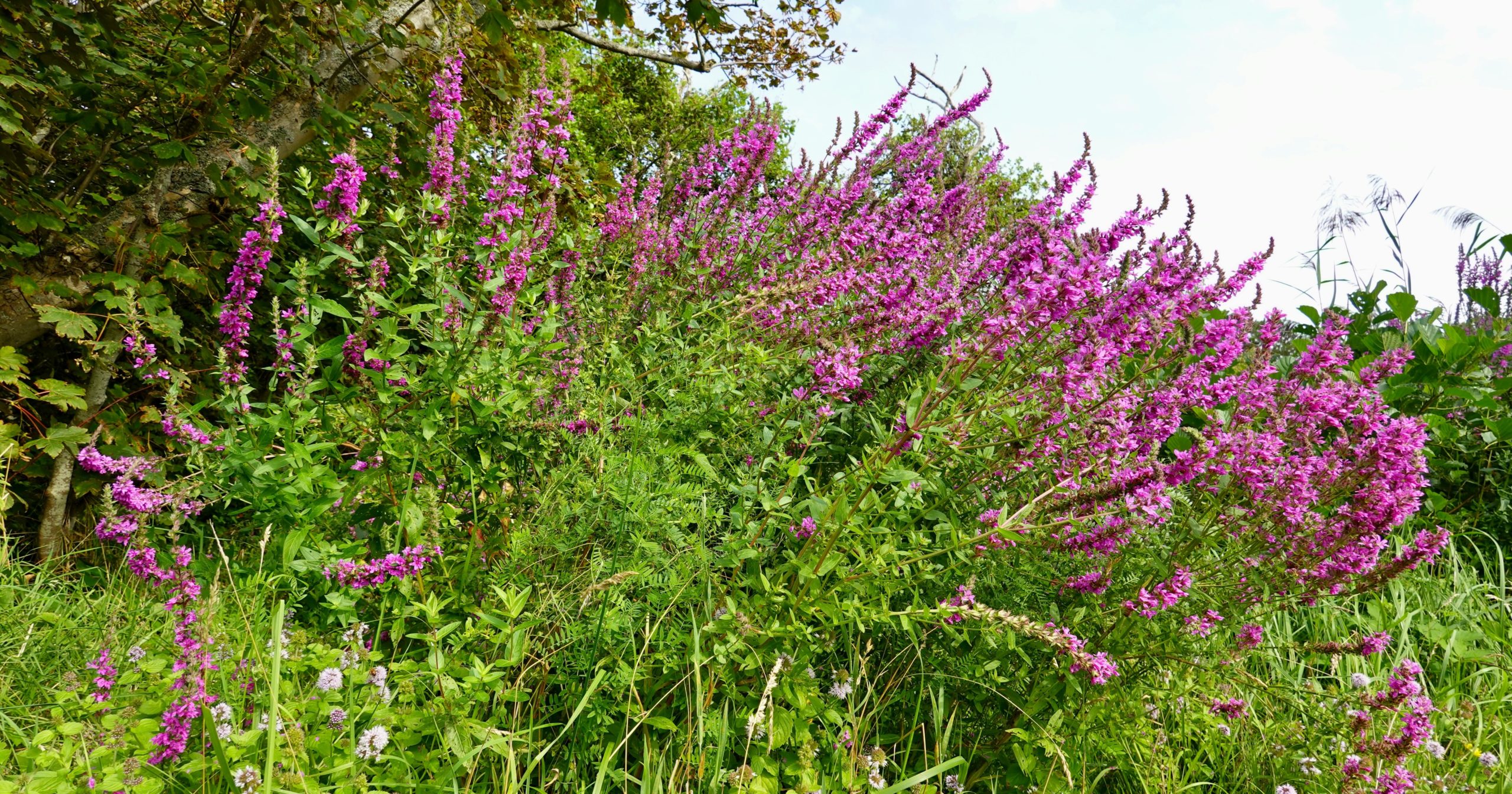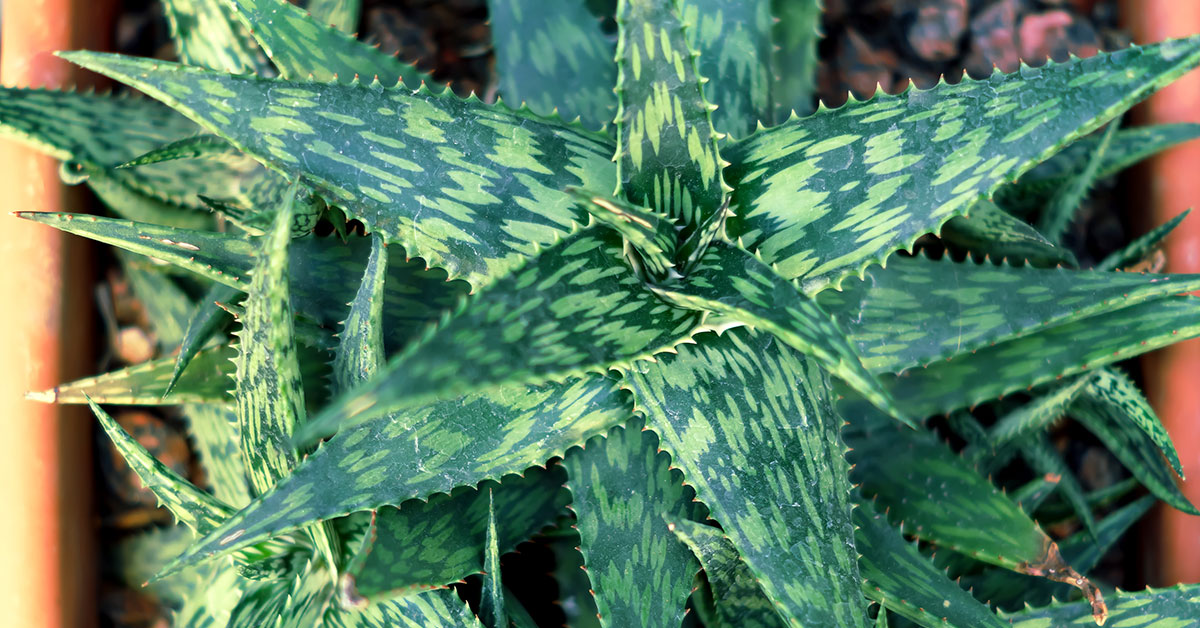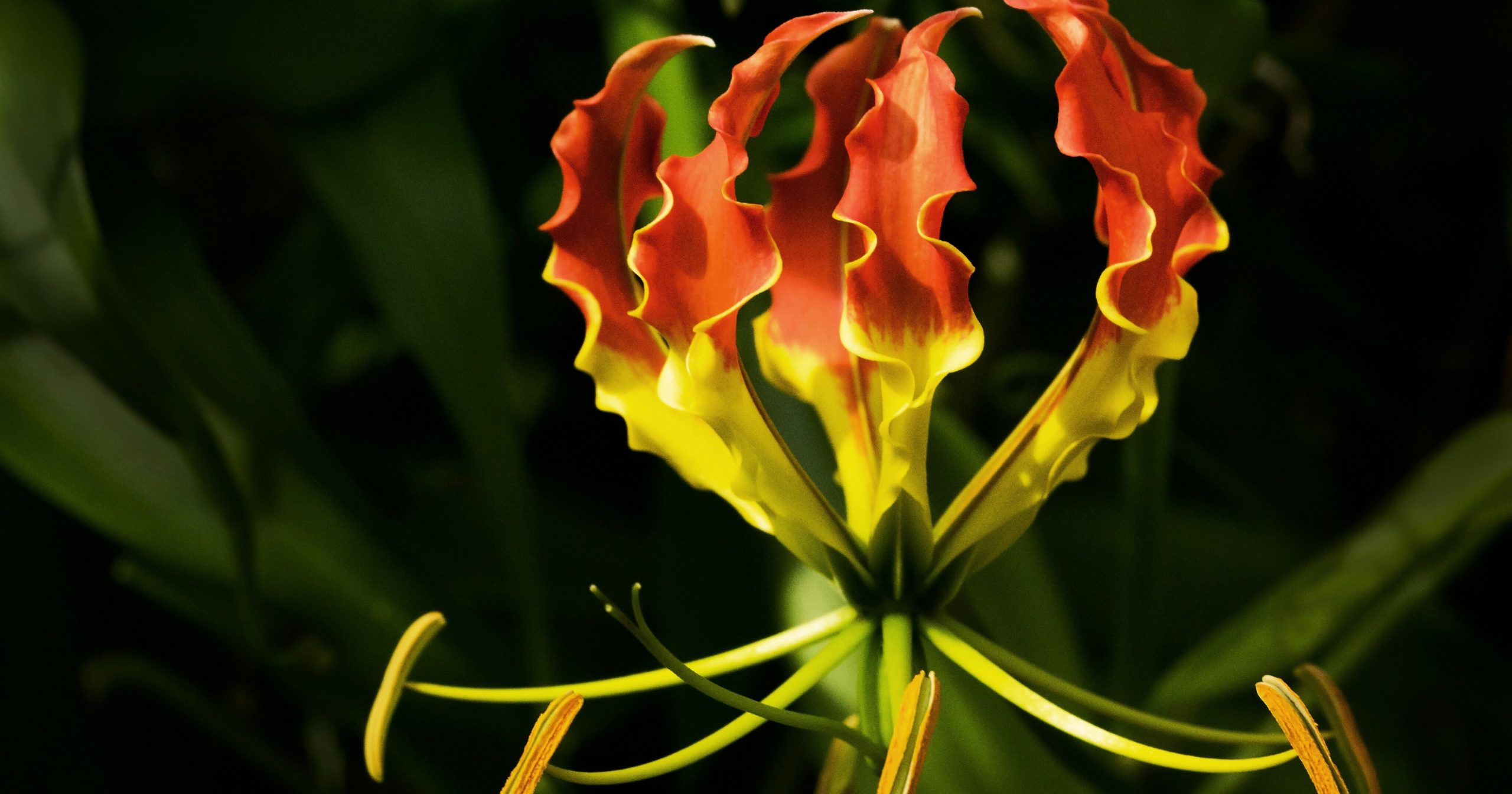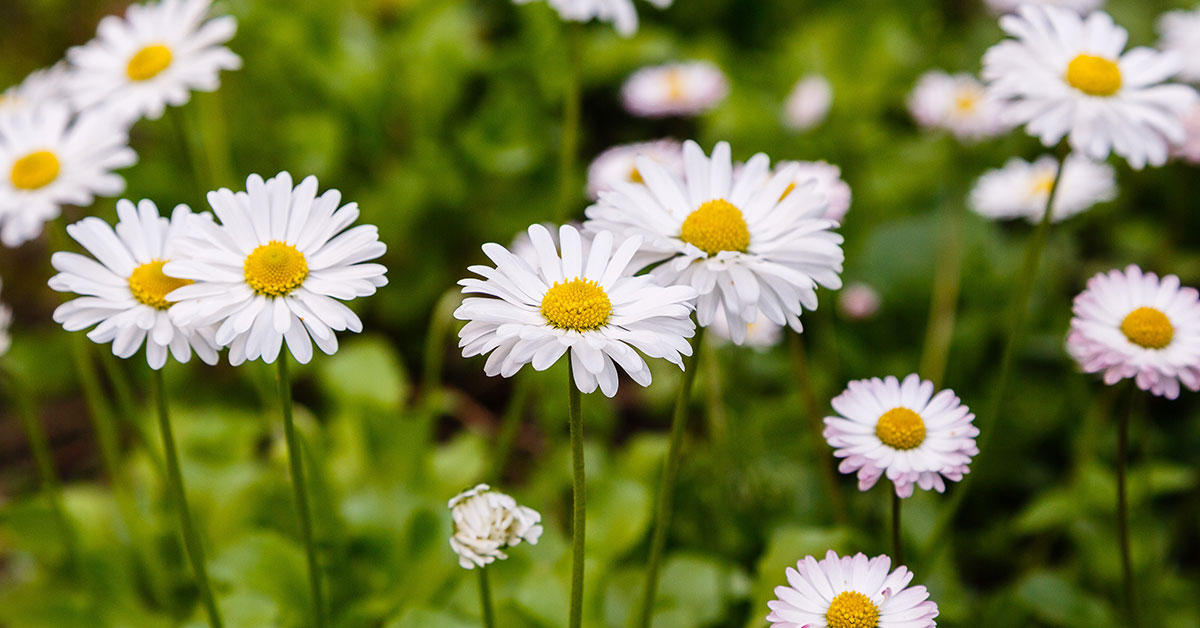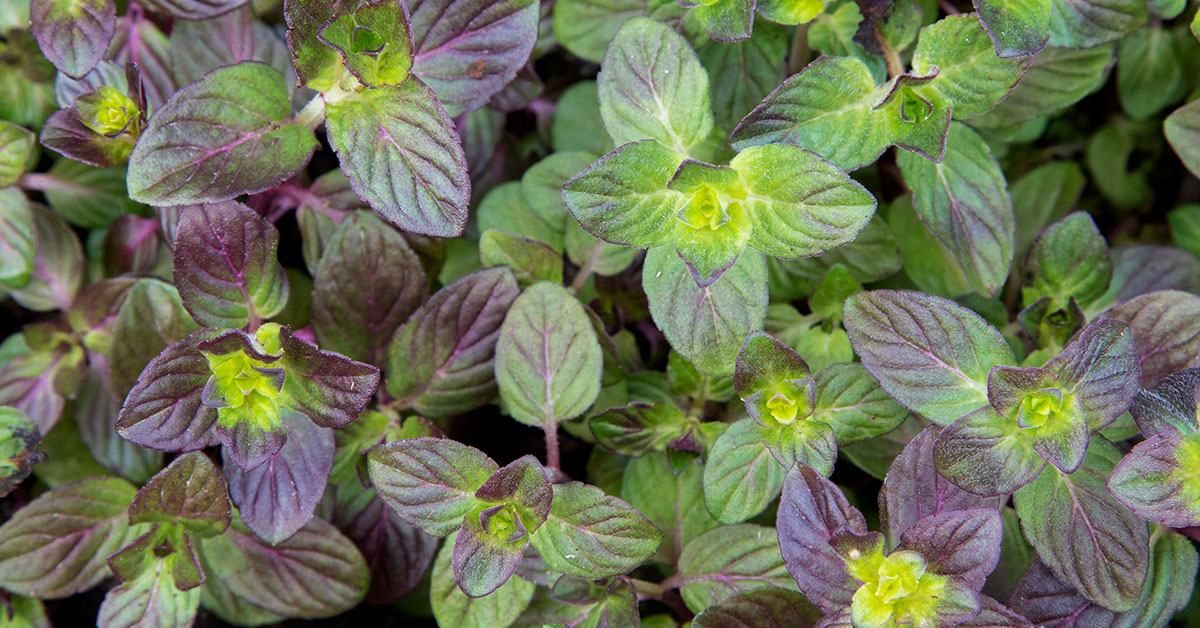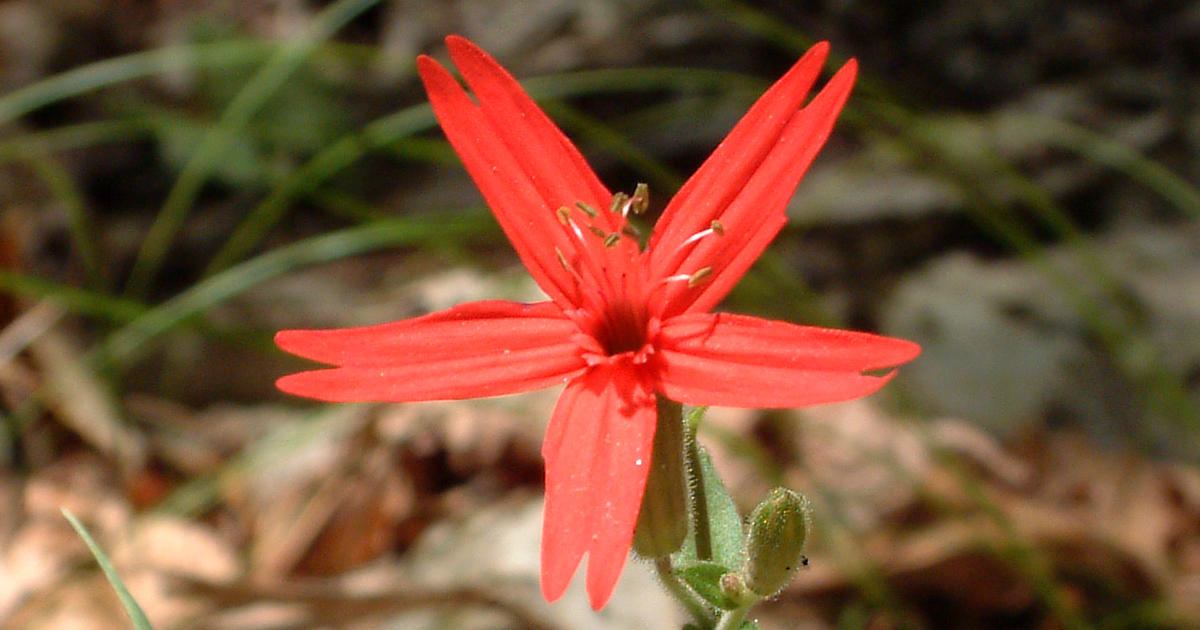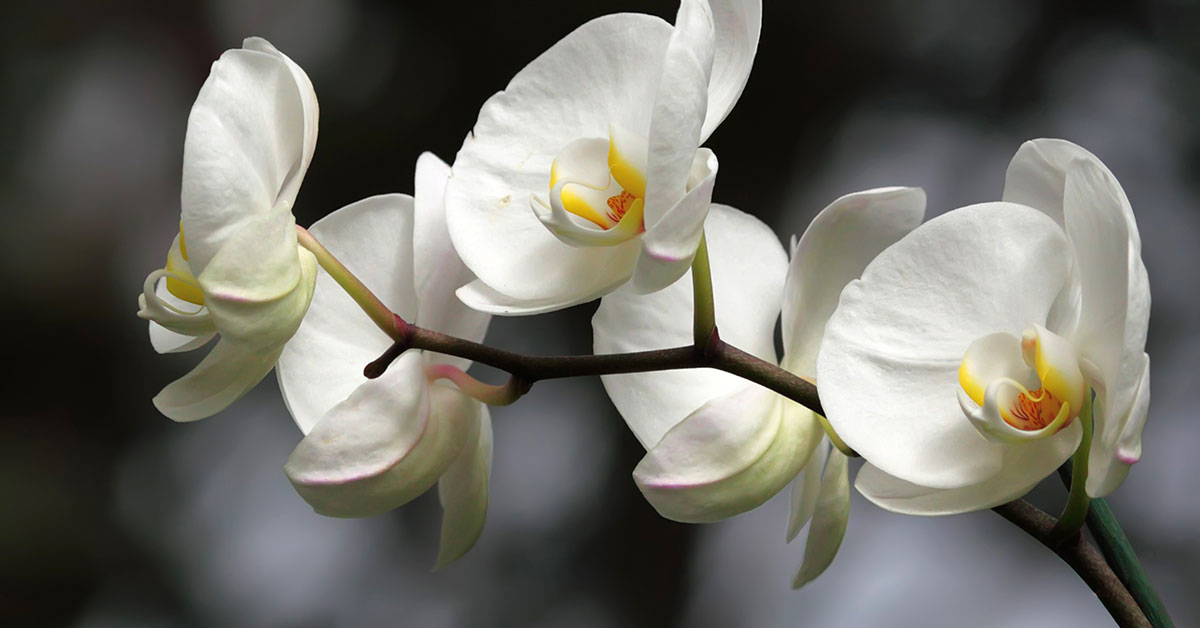Datura, also known as Jimsonweed or Devil’s Trumpet, is a fascinating and enigmatic genus of flowering plants belonging to the Solanaceae family. With its striking trumpet-shaped flowers and unique medicinal properties, Datura has captured the attention and curiosity of botanists, herbalists, and garden enthusiasts for centuries.
What is a Datura?
Datura, scientifically known as Datura spp., is a genus of flowering plants belonging to the Solanaceae family. These stunning plants are infamous for their striking beauty and potent psychoactive properties. Native to the Americas, Datura has managed to captivate both botanists and enthusiasts alike with its unique characteristics and rich cultural history. In this section, we will dive deeper into what exactly makes Datura so fascinating.
Datura plants are herbaceous perennials or annuals, ranging in height from 1 to 5 feet. They have large, trumpet-shaped flowers that come in various colors such as white, yellow, or purple. The flowers emit a sweet, intoxicating fragrance that lures in moths and other nocturnal pollinators. Datura plants produce fruit in the form of spiky capsules filled with numerous small seeds.
One of the most distinctive features of Datura is its foliage. The leaves are generally large, alternate, and ovate, with a soft texture and a deep green color. Some species may have serrated or lobed leaves, adding to the overall visual appeal.
While Datura’s beauty is undoubtedly captivating, it is the plant’s psychoactive properties that have attracted significant attention throughout history. The leaves, seeds, and flowers of Datura contain various tropane alkaloids, such as scopolamine, hyoscyamine, and atropine. These compounds have powerful hallucinogenic effects and can induce altered states of consciousness when consumed in certain quantities.
However, it is important to note that it is highly toxic and potentially lethal if ingested improperly. The psychoactive compounds found in Datura can cause delirium, confusion, and even lead to fatal outcomes. Therefore, it is crucial to exercise extreme caution and avoid using Datura for recreational purposes without proper knowledge and guidance.
Datura holds significant cultural and historical value in various societies worldwide. Indigenous cultures in the Americas have long used this plant for its medicinal and spiritual purposes. Native American tribes, such as the Navajo and Cherokee, incorporated Datura into their rituals for healing, divination, and communicating with the spirit world.
Datura has also been mentioned in ancient mythology and folklore. It is believed to have played a role in religious ceremonies, witchcraft practices, and even as an ingredient in potions and love spells.
Where is Datura native?
Datura, commonly referred to as “moonflower” or “devil’s trumpet,” is a genus of flowering plants belonging to the Solanaceae family. While the exact number of Datura species is debated among botanists, it is estimated that there are around nine recognized species worldwide. These plants are naturally found in various regions across the globe, including North and South America, Africa, and parts of Asia.
Datura has made its home in several regions of the United States, particularly in the southwestern and southeastern parts of the country. The warm and arid climates of these regions provide suitable conditions for this plant to thrive. Here are some of the states where it is native:
- Arizona: Datura is native to the desert regions of Arizona, including the Sonoran Desert and the Mojave Desert. Species such as Datura wrightii (sacred datura) are commonly found in this state.
- California: Various Datura species are native to different parts of California, including Datura inoxia and Datura discolor. These plants can be found in regions with Mediterranean climates, such as the southern coastal areas.
- New Mexico: It is native to the arid landscapes of New Mexico, particularly in the southern parts of the state. Species like Datura meteloides (desert thornapple) are commonly found in this region.
- Florida: Datura species, including Datura stramonium (jimsonweed), can be found in the state of Florida. These plants thrive in the warm and humid conditions of the southeastern United States.
- Texas: It is native to various regions of Texas, including the southern and western parts of the state. Species like Datura wrightii and Datura inoxia are commonly found here.
It’s important to note that while Datura is native to these states, it can also be found in other parts of the country where it has been introduced or naturalized. The adaptability of Datura species allows them to grow in diverse environments, although they are most commonly found in regions with warm climates and well-drained soils.
When does Datura bloom?
Datura, also known as the moonflower or devil’s trumpet, is a genus of flowering plants that includes several species. The bloom time for Datura can vary depending on the specific species, growing conditions, and geographic location. Here are some general guidelines:
- Annual Datura (Datura inoxia): Annual Datura typically blooms in the late spring or early summer, starting in May and continuing through July or August. The flowers open at night and remain open until the following morning, emitting a sweet fragrance.
- Sacred Datura (Datura wrightii): Sacred Datura blooms from late spring to early fall, usually between May and September. The large, trumpet-shaped flowers are fragrant and open at night, attracting pollinators like moths.
- Jimsonweed (Datura stramonium): Jimsonweed has a longer bloom period, starting in mid-summer and lasting until the first frost. The flowers can appear from June to September, and like other Datura species, they open in the evening and close by mid-morning.
It’s important to note that Datura flowers are highly toxic, and caution should be exercised when handling or growing these plants. Additionally, specific blooming times can vary based on factors such as local climate, growing conditions, and the specific cultivar or species of Datura being grown.
If you are considering growing Datura, it is advisable to research and select a species or cultivar that is suitable for your specific region and to consult with local gardening resources or experienced gardeners who are familiar with growing Datura in your area.
How to start from seed
Datura, also known as Jimsonweed or Moonflower, is a beautiful flowering plant that belongs to the Solanaceae family. With its trumpet-shaped flowers and enticing fragrance, Datura can add an enchanting touch to any garden or landscape. If you’re interested in growing from seed, this section will guide you through the process, from seed selection to planting and care.
- Seed Selection:
When starting from seed, it’s important to choose high-quality seeds for the best germination results. You can purchase Datura seeds from reputable nurseries or online seed suppliers. Look for fresh seeds that are plump, firm, and free from any signs of damage or mold. - Preparing the Seeds:
Before sowing the seeds, it’s beneficial to give them a little preparation to increase the chances of successful germination. One common method is to soak the seeds in warm water for 24 hours before planting. This helps to soften the seed coat and promote faster germination. - Sowing the Seeds:
Seeds can be sown directly in the garden or started indoors, depending on your preference and climate. If you choose to start them indoors, fill seed trays or small pots with a well-draining potting mix. Plant the seeds about 1/4 inch deep and gently water the soil. Place the trays or pots in a warm location with indirect sunlight. - Germination and Transplanting:
Seeds usually germinate within 1-3 weeks. Once the seedlings have emerged, provide them with bright, indirect light. Keep the soil consistently moist but not waterlogged. As the seedlings grow, thin them out by removing the weaker ones, leaving only the strongest ones to develop further. - Hardening Off and Planting Outdoors:
When the seedlings have developed a few sets of true leaves and the danger of frost has passed, it’s time to harden them off for outdoor planting. Start by gradually exposing the seedlings to outdoor conditions, including sunlight, wind, and fluctuating temperatures. This process helps the plants acclimate to their new environment and reduces the risk of transplant shock. - Outdoor Planting and Care:
Choose a sunny location in your garden with well-draining soil for planting your seedlings. Dig a hole slightly larger than the root ball and gently place the seedling in the hole. Backfill the hole with soil, firming it gently around the plant. Water thoroughly after planting to help the roots establish. - Maintenance and Care:
Datura plants are relatively low-maintenance once established. Water regularly, especially during dry periods, but avoid overwatering, as it can lead to root rot. Apply a balanced fertilizer every 4-6 weeks during the growing season to promote healthy growth and abundant flowering. Mulching around the plants can help retain moisture and suppress weed growth.
How to grow this plant in your garden
Datura is a stunningly beautiful and fragrant flowering plant that belongs to the Solanaceae family. With its large trumpet-shaped flowers and intriguing fragrance, Datura has gained popularity among gardeners and plant enthusiasts. If you’re looking to add this enchanting plant to your garden, here’s a guide on how to grow Datura successfully.
- Choosing the Right Location:
Datura plants thrive in full sun, so choose a location in your garden that receives at least 6-8 hours of direct sunlight each day. Ensure that the soil is well-drained and rich in organic matter. Datura plants prefer slightly acidic soil with a pH range of 5.5 to 7. - Propagation:
They can be propagated from seeds or cuttings. If you choose to grow it from seeds, start indoors approximately 6-8 weeks before the last frost date in your area. Sow the seeds in a well-draining potting mix and lightly cover them with soil. Keep the soil consistently moist until the seeds germinate. - Transplanting:
Once the danger of frost has passed, and the seedlings are around 3-4 inches tall, it’s time to transplant them into the garden. Choose a spacing of about 2-3 feet between each plant to allow for proper growth and airflow. - Watering and Fertilizing:
Datura plants prefer regular watering, especially during dry spells. Keep the soil evenly moist, but avoid overwatering, as it can lead to root rot. Mulching around the plants can help retain moisture in the soil. Fertilize the plants every 4-6 weeks with a balanced, slow-release fertilizer to promote healthy growth and abundant blooms. - Pruning and Maintenance:
To encourage bushier growth, pinch back the tips of the branches when the plant is young. As the plant matures, remove any dead or damaged branches to maintain its overall health and appearance. Regularly check for pests such as aphids or spider mites and take appropriate measures to control them. - Harvesting Seeds:
If you wish to collect seeds for future propagation, allow the flowers to wilt and fade on the plant. Once the seed pods have turned brown and are dry, harvest them carefully. Open the pods and collect the seeds for storage in a cool, dry place until you’re ready to plant them. - Cautionary Note:
While these plants are incredibly beautiful, it’s important to note that all parts of the plant are toxic if ingested. Take extra precautions if you have children or pets around the garden. Avoid planting Datura near vegetable gardens or areas where people frequently gather.
Interesting facts about Datura
Datura is a genus of poisonous plants native to temperate, subtropical and tropical regions of the world. The most well known species of Datura is Datura stramonium, commonly known as Jimson Weed. Datura has a long history of medicinal and ritualistic use throughout the world among multiple cultures, and has been used for centuries in both traditional healing and in religious ceremonies.
- Historical and Cultural Significance: Throughout history, Datura has been used for healing, spiritual, and recreational purposes. The Chinese, Greeks, and Hindus have all used Datura in religious ceremonies and healing rituals. In Europe, the plant and its extracts were also used for medicinal purposes to treat a range of illnesses. In the Americas, Native Americans have used Jimson Weed to induce visions, as was also common in many cultures across the globe. It continues to be an important part of traditional healing and Aboriginal shamanic practices.
- Toxicity and Dangers of Use: Datura is a highly toxic plant, and should be used with caution. It contains a number of alkaloids, including atropine, hyoscyamine, and scopolamine, which can cause serious side effects when ingested or absorbed through the skin. These alkaloids can cause dizziness, confusion, delirium, and in some cases, death. This plant is also an extremely powerful hallucinogenic and should be avoided by those with mental health disorders. Furthermore, it is important to note that the toxicity of various species of Datura can vary greatly, in terms of both concentration of alkaloids and the potential for adverse effects.


